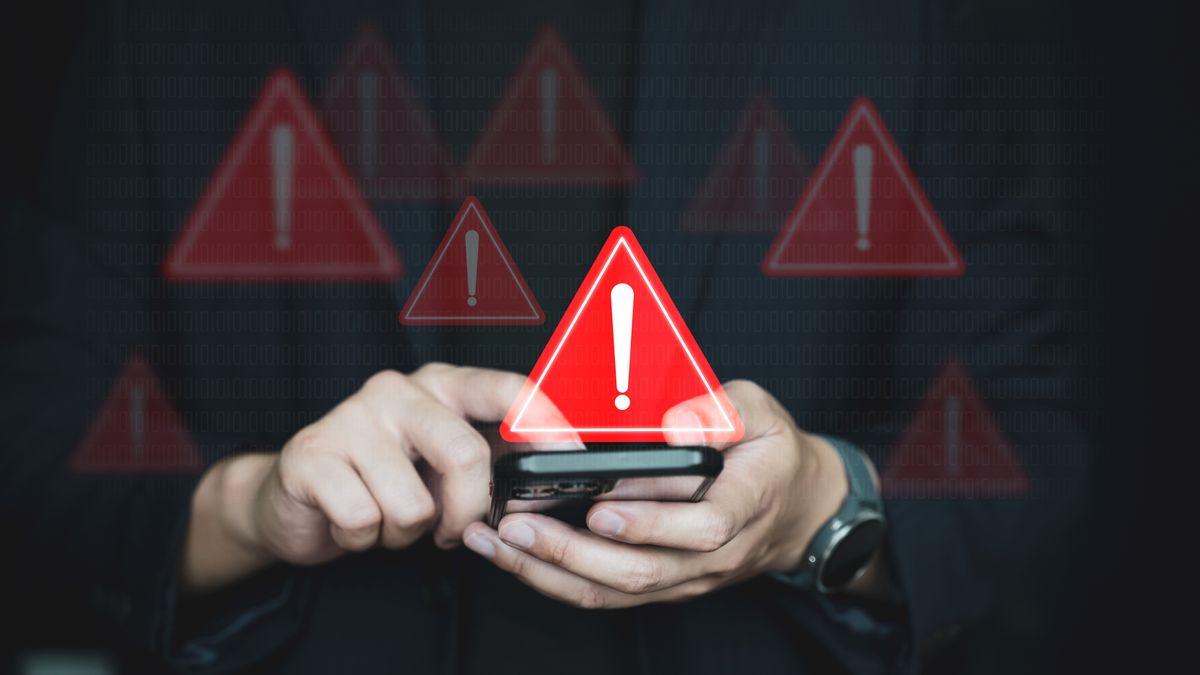
There’s something hypnotic about watching your favorite actor leap off a building, dodge an explosion, or speed through traffic in a high-octane car chase. In truth, those heart-pounding moments rarely feature the star themselves. Instead, it’s stunt doubles—trained professionals risking their bodies—who deliver the visual thrills. Yet even with the most rigorous safety precautions, on-set injuries still happen. And when they do, they can spiral into complex legal and financial battles.
The entertainment industry has learned many hard lessons about the real-life consequences of movie magic. Today, productions operate with strict safety protocols, emergency response plans, and legal frameworks. But just as a New Orleans injury lawyer becomes essential after a construction accident or traffic crash, legal counsel is just as crucial when someone is seriously hurt on set. And the takeaway isn’t reserved for the industry elite — there’s something everyday people can learn from how Hollywood prepares for the worst.
The High-Stakes World of Stunt Work
Stunt doubles are among the most physically demanding roles in the industry. While actors are often praised for their action roles, the doubles are the ones who perform the risky leaps, crashes, and collisions — often with little recognition. These performers are trained in a wide range of disciplines, from martial arts and gymnastics to precision driving and pyrotechnics. Their job is to simulate danger convincingly while minimizing real-world injury — and they do so under constant physical strain.
Despite precautions, the dangers are very real. Tragic incidents during film production show how even experienced professionals can be caught off guard. These stories aren’t just cautionary tales — they highlight the need for continual improvement in safety planning.
As movie budgets grow and audience expectations rise, the physical demands on stunt teams increase. What remains clear is this: no shot is worth a life, and no illusion is more important than the safety of the people creating it.
The Infrastructure of On-Set Safety
Behind every explosive scene lies months of preparation. Before filming begins, stunt coordinators map out every move, often in collaboration with directors, effects teams, and safety experts. This pre-production process includes safety rehearsals, rigging inspections, and contingency planning for even the most minor possibility of failure.
The presence of safety officers, medics, and emergency responders has become common on larger productions. Personal protective equipment — harnesses, padding, and fire-resistant gear — is standard. The process is tightly regulated, especially on union productions under SAG-AFTRA or DGA guidelines. For studios, it’s about more than safety — it’s about liability, cost management, and protecting valuable cast and crew.
Still, time pressures or budget constraints can present challenges for productions. That’s when things go wrong. Hollywood has seen both successes and failures in this space, and each incident is a lesson in how safety systems must remain adaptive and enforced with zero tolerance for complacency.
When Accidents Happen: The Legal Aftermath
When something goes wrong on set, the fallout is swift and multi-layered. Liability becomes a central question: Was the injury a freak accident, or did someone fail in their duty to maintain safety? The answer determines whether workers’ compensation is enough — or whether litigation is on the horizon.
Much like a New Orleans injury lawyer might fight for someone injured on a construction site, attorneys in the entertainment world specialize in helping performers, crew members, and families seek justice after on-set injuries. Some lawsuits involve negligence — failing to provide proper gear, ignoring known hazards, or pressuring workers to perform without adequate preparation. Others might target third-party vendors, such as rigging or effects companies whose equipment failed.
The legal process can lead to massive settlements, production halts, or even criminal charges. Tragic on-set accidents have sparked widespread outrage and calls for industry-wide safety reform in the film and television production industry. These incidents serve as powerful reminders that real lives are at stake in the pursuit of art.
The Role of Insurance in Hollywood Safety Nets
Big-budget productions don’t just insure their actors — they insure nearly everything, including sets, equipment, locations, and stunts. When a high-risk scene is planned, insurers often require detailed safety plans before granting coverage. Insurance companies may even mandate the presence of certain personnel or limit specific types of stunts based on prior claims history.
When an injury happens, insurance often covers immediate costs — but it can’t resolve underlying accountability issues. If negligence is involved, lawsuits can go far beyond policy limits. That’s when studios face potential reputational damage and costly court battles. Legal teams step in not only to protect the company but also to navigate settlements and worker protections.
This level of preparation reflects an understanding of how unpredictable, and dangerous, a film set can be. But it also reflects something deeper — a commitment, however imperfect, to acknowledging risk and preparing for it thoroughly.
Technology’s Contribution to Safer Sets
Modern filmmaking tools have helped reduce the number of high-risk stunts required on set. With advancements in CGI, motion capture, and green screen technology, many once-dangerous stunts can now be simulated digitally. Actors can “fall” from buildings without leaving the ground, while explosions can be created without real fire.
LED stages and virtual environments, such as those used in The Mandalorian, eliminate the need for location shoots in harsh or unstable settings. Robotic rigs and drones capture angles once achieved only by putting camera operators in precarious positions. These innovations not only protect lives but also offer creative flexibility.
That said, practical effects remain essential in many films. Some directors and fans insist on realism, which often means returning to high-risk stunt work. Technology is a supplement — not a replacement. The best productions blend both, using digital tools to elevate safety without compromising visual impact.
Lessons from Hollywood’s Safety Playbook
It might seem like the safety concerns of film sets are unique to Hollywood, but many of the principles apply to everyday workplaces. Planning, risk assessment, emergency response training, and legal readiness — these are cornerstones of responsible work culture across industries.
Just as a production rehearses a dangerous scene, workplaces can rehearse emergency procedures. Encouraging employees to speak up about unsafe conditions mirrors union protections in Hollywood. Having legal guidance, safety officers, and mental health support on hand shouldn’t be reserved for big studios — it should be the norm everywhere.
Even fans play a role. By supporting productions that prioritize ethical treatment of workers, audiences influence industry behavior. Awareness leads to accountability, and in a world where content is constantly demanded, ethical production matters more than ever.
Hollywood’s Safety Culture Is Still Evolving
The entertainment industry isn’t perfect — and it never will be. But over time, it has developed a model for balancing creativity with responsibility. From the invisible work of stunt professionals to the complex legal and logistical planning that protects them, every film is built on the backs of people who take risks to bring stories to life.
The lessons Hollywood offers aren’t limited to those on set. They speak to a broader truth: Safety, preparation, and respect for risk are essential in any line of work. When tragedy strikes, accountability must follow. And when progress is made, it should be shared widely — because the value of a life is far greater than the value of any scene.
Legal Disclaimer: The information contained in or available through this article is general in nature; it is not intended to be medical advice or a substitute for obtaining medical advice. The author makes no representation and assumes no responsibility for the accuracy of information contained in this article. You are encouraged to confirm any information obtained from or through this article with other sources and review all information regarding any medical condition or treatment with your physician.

 7 months ago
92
7 months ago
92








 English (US) ·
English (US) ·